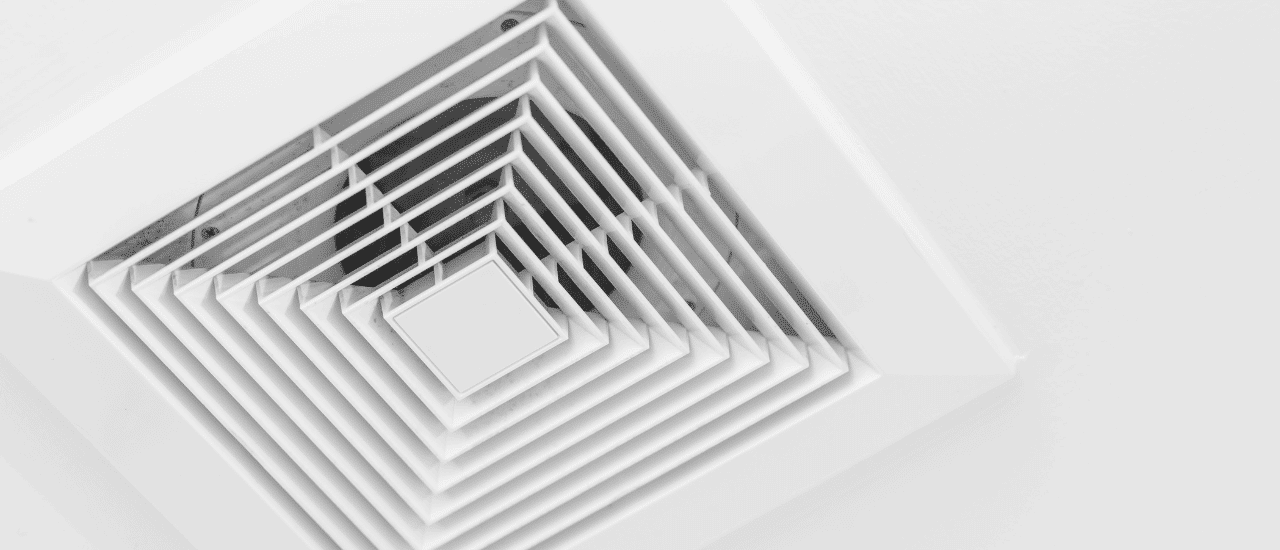Dry air can be a major source of discomfort in your home. Indoor air with low humidity levels can cause dry skin, nosebleeds, and even affect your health. The ideal level for indoor air is between 30-50%. In Quebec, where winters are harsh, it’s common for indoor air to become dry due to heating systems.
In this blog post, we’ll take a closer look at what causes dry air in homes, the symptoms and effects it can have, and how to deal with these issues. Whether you’re suffering from dry skin or just want to ensure that your indoor air is at a comfortable and healthy level, this post will provide you with all the information you need.
Causes of Dry Air in Homes in Quebec:
- Heating Systems: One of the main causes of dry air in homes during the winter months is the use of heating systems. These systems can significantly reduce the humidity levels in the air, making it dry and uncomfortable.
- Low Humidity Levels Outside: Low humidity levels outside can also contribute to dry indoor air. When the air outside is already dry, it can be difficult to maintain healthy humidity levels inside your home.
- Poor Ventilation: Poor ventilation in your home can also contribute to dry air. If air is not circulating properly, it can become stagnant and dry.
- Use of Certain Household Products: The use of certain household products such as hair dryers, washing machines, and dishwashers can also contribute to dry indoor air. These appliances remove moisture from the air, making it dry.
- Running Appliances that Generate Heat: Running appliances that generate heat such as ovens and stovetops can also contribute to dry indoor air by removing moisture from the air.
Cold air from outside can also contribute to dry indoor air, as the low humidity levels in cold air can exacerbate the problem of dry air in your home.
It’s important to understand the causes of dry air in your home in order to effectively address and prevent the issue.
Symptoms of Dry Air:
- Dry Skin: This can range from minor itching to severe cracking and peeling.
- Nosebleeds: Dry air can also cause nosebleeds, as the dry air can irritate and dry out the delicate tissues inside the nose.
- Static Electricity: Another symptom of dry air is increased static electricity. This can be experienced as static shocks or static cling when clothing or hair clings to surfaces.
- Decreased Comfort: Overall, dry air can make your home feel less comfortable. The dry air can be difficult to breathe and can lead to decreased comfort levels.
- Nasal irritation: Overly dry air can lead to a range of symptoms, including dry nose or even nosebleeds.
Recognizing the symptoms of dry air is important in order to address the issue and improve the indoor air quality in your home.
Effects of Dry Air on Health:
- Respiratory Problems: Dry air can irritate the respiratory system, causing problems such as coughing, sore throat, and difficulty breathing. This is especially problematic for individuals with asthma or allergies.
- Aggravation of Existing Skin Conditions: Dry air can also worsen existing skin conditions such as eczema and psoriasis.
- Increased Risk of Colds and Flu: Dry air can also increase the risk of colds and flu, as it can weaken the immune system and make it easier for viruses to spread.
It’s important to be aware of the potential health effects of dry air in order to prevent and address any issues that may arise. Maintaining proper humidity levels in your home is crucial for maintaining overall health and comfort.
How to Deal with Dry Air Issues:
- Use a Humidifier: One of the most effective ways to counter dry air issues is to use a humidifier. Humidifiers add moisture to the air, helping to maintain healthy humidity levels in your home.
- Improve Ventilation: Improving ventilation in your home can also help with dry air problems. This can be done by opening windows or installing an air exchange system.
- Address Insulation Issues: If dry air is a persistent issue in your home, it may be necessary to address insulation issues. Improper insulation can lead to poor air circulation, which can contribute to dry air.
- Monitor Moisture Levels: Monitoring the moisture levels in your home can help you to keep track of the indoor air quality and make any necessary adjustments to maintain healthy humidity levels.
- Use Natural Moisturizing Techniques: Using natural moisturizing techniques such as plants and bowls of water can also help to improve indoor air quality and deal with dry air.
Monitor the amount of moisture: Monitoring the indoor humidity levels in your home can help you to keep track of the indoor air quality and make any necessary adjustments to maintain healthy humidity levels.
By using these techniques and being mindful of the causes of dry air, you can effectively deal with dry air issues and maintain healthy indoor air quality in your home.
Conclusion
Dry air is a common issue in many homes, especially during the winter months in Quebec. Understanding the causes and symptoms of dry air, as well as its effects on health, is important in order to effectively deal with this issue. From using a humidifier to improving insulation and ventilation, there are many ways to maintain healthy indoor air quality and avoid the negative effects of dry air. By taking the necessary steps, you can ensure that your home remains comfortable and healthy all year round.
Dry air can be a major source of discomfort in your home. Indoor air with low humidity levels can cause dry skin, nosebleeds, and even affect your health. The ideal level for indoor air is between 30-50%. In Quebec, where winters are harsh, it’s common for indoor air to become dry due to heating systems.



